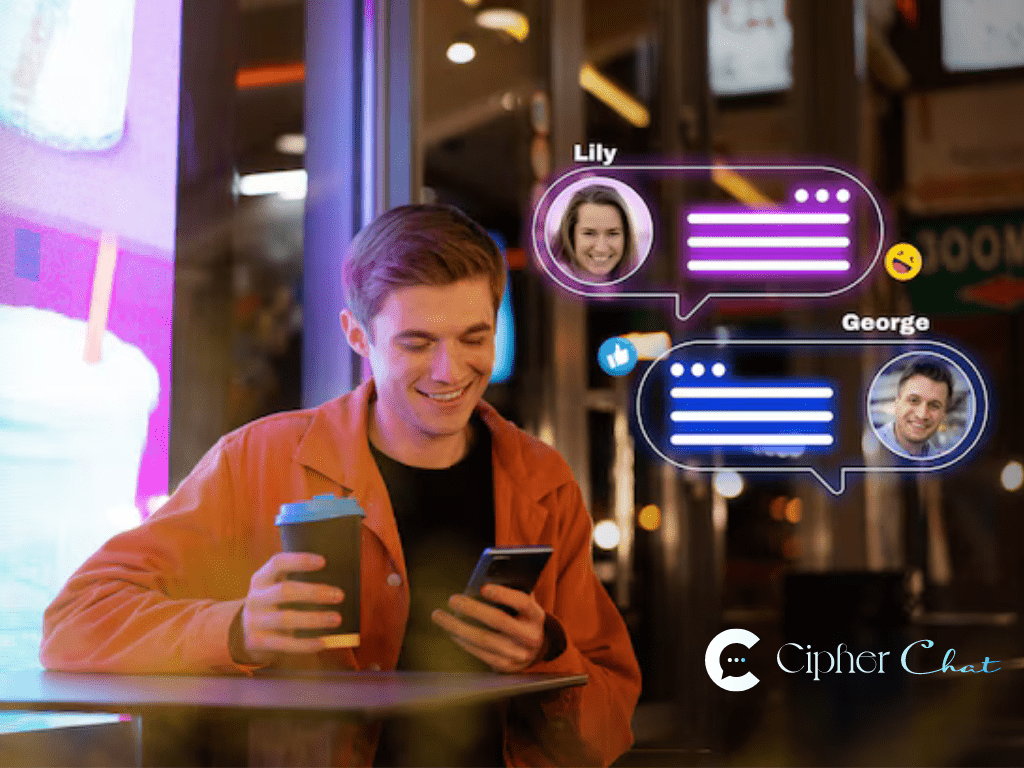
Have you ever received a generic email or chat response that made you feel like just another number? In today’s highly competitive market, customers expect personalized experiences that reflect their individual needs and preferences. Personalization is no longer a “nice to have”—it’s a critical part of engaging your audience and building long-term relationships.
Imagine if every interaction with your customers felt personal, relevant, and timely. Personalized communication can turn casual visitors into loyal customers, improve retention rates, and boost overall satisfaction. In this article, we’ll explore the importance of personalized communication and how to implement it to enhance customer engagement.
Why Personalized Communication is Essential for Customer Engagement
Consumers are constantly bombarded with information, making it challenging to stand out. Personalized communication helps businesses cut through the noise by delivering tailored messages that resonate with customers on a personal level. Here’s why it’s a must for customer engagement:
1. Builds Stronger Relationships
When communication is personalized, customers feel like the business understands their needs. This builds trust and creates a sense of loyalty. Customers are more likely to stay engaged with a brand that consistently provides relevant and personalized content.
2. Improves Customer Satisfaction
Generic responses can leave customers feeling ignored or unimportant. Personalized communication, on the other hand, makes customers feel valued, increasing their satisfaction with your brand. Whether it’s personalized product recommendations or tailored responses to inquiries, customers appreciate when businesses make the effort to understand them.
3. Boosts Conversion Rates
Personalized communication has a direct impact on conversion rates. According to studies, businesses that personalize their messages can see a 10-15% increase in conversion rates. When customers receive messages that align with their interests and needs, they are more likely to take action—whether that’s making a purchase, signing up for a newsletter, or engaging with your content.
Real-Life Example: How TechGear Used Personalized Communication to Boost Sales
TechGear, a mid-sized e-commerce business, struggled with high cart abandonment rates and low customer engagement. Their marketing campaigns and customer support responses were too generic, leading to poor results.
After implementing personalized communication strategies, including tailored email campaigns and personalized chat support, TechGear saw:
- 25% increase in sales from email marketing
- 20% decrease in cart abandonment
- Higher customer satisfaction due to personalized chat support
By focusing on each customer’s preferences and needs, TechGear turned their struggling customer interactions into highly engaging, personalized experiences.
Key Elements of Personalized Communication for Customer Engagement
To successfully personalize your communication, it’s essential to focus on several key elements. These components will help ensure your efforts are meaningful, relevant, and well-received by your audience:
1. Data-Driven Personalization
Personalization starts with understanding your customers. Use customer data, including past interactions, browsing behavior, and purchase history, to tailor your messages. The more data you have, the more accurately you can personalize your communication.
2. Segmenting Your Audience
Not all customers are the same, and segmenting your audience allows you to send targeted messages to specific groups. For example, new customers might receive welcome emails, while repeat buyers can be rewarded with loyalty offers. Segmenting ensures that each group receives relevant content.
3. Customized Chat Responses
Whether you use chatbots or live agents, it’s essential to personalize chat responses. Instead of offering generic replies, customize the conversation based on customer history. For example, if a customer previously inquired about a product, the next time they return, the chat system can offer related products or assistance based on their past behavior.
4. Personalized Email Campaigns
Emails remain one of the most effective ways to engage customers. Make sure your email campaigns are personalized, using the customer’s name, purchase history, and preferences to deliver relevant messages. This could include product recommendations, special offers, or updates tailored to the recipient.

How Could It Be Better? Taking Personalized Communication to the Next Level
If your current communication feels generic, it’s time to ask, “How could it be better?” Here are some ways to take personalization to the next level:
- Dynamic Content in Emails: Use dynamic content that changes based on the recipient’s preferences or behavior. For example, if a customer regularly purchases a specific category of products, showcase related items in your emails.
- Behavioral Triggers: Set up automated triggers that send personalized messages based on customer actions. For instance, if a customer abandons their cart, send a personalized reminder offering assistance or a discount to complete their purchase.
- Personalized Landing Pages: Create personalized landing pages based on where customers are coming from or their past behavior. This helps align their experience with their interests, making them more likely to convert.
The Risks of Not Personalizing Communication
What happens if you don’t personalize communication with your customers?
- Lower Engagement: Generic communication often goes unnoticed. Customers may ignore your messages, leading to lower engagement and missed opportunities.
- Decreased Customer Loyalty: Without personalization, customers may feel like just another number. This can result in lower satisfaction and a higher likelihood of them switching to a competitor who offers a more personalized experience.
- Lost Sales Opportunities: Personalized communication helps you capitalize on sales opportunities by sending relevant offers at the right time. Without it, you could be missing out on significant revenue.
Can your business afford to lose customers to poor communication?
Steps to Implement Personalized Communication for Customer Engagement
If you’re ready to enhance customer engagement through personalized communication, here’s how you can start:
- Collect Customer Data
The foundation of personalized communication is data. Make sure you’re collecting the right information from your customers, such as purchase history, preferences, and behavior. Use tools like CRMs to organize and analyze this data. - Segment Your Audience
Segment your customer base into different groups based on their preferences, behavior, and demographics. This will allow you to create tailored communication for each segment, ensuring the messages are relevant and timely. - Use Personalization Tools
Invest in tools that enable you to personalize your communication. These could include email marketing platforms that allow dynamic content, chat systems that integrate with your CRM, or automation software that sends personalized messages based on behavior. - Monitor and Optimize
Track the performance of your personalized communication efforts. Monitor metrics such as open rates, click-through rates, and customer satisfaction. Use this data to continually optimize your approach and improve your results.
The Risks of Ignoring Personalized Communication
Ignoring personalization can have long-term consequences for your business:
- Decreased Engagement: Customers are less likely to interact with generic messages, leading to lower engagement.
- Missed Sales Opportunities: Without personalized recommendations or offers, customers may not be motivated to complete purchases or take action.
- Brand Disconnect: Generic communication can make your brand feel disconnected from its customers, leading to a loss of loyalty and trust.
In today’s competitive market, businesses that don’t prioritize personalized communication risk losing out to competitors who offer more tailored experiences.
Table of Contents
Personalized communication is no longer a luxury—it’s a necessity for businesses that want to engage and retain customers. By tailoring your messages to individual preferences, behaviors, and needs, you can build stronger relationships, increase satisfaction, and drive conversions.
Now is the time to implement personalized communication strategies in your business. With the right tools and approach, you can transform customer engagement and set your brand apart from the competition.






